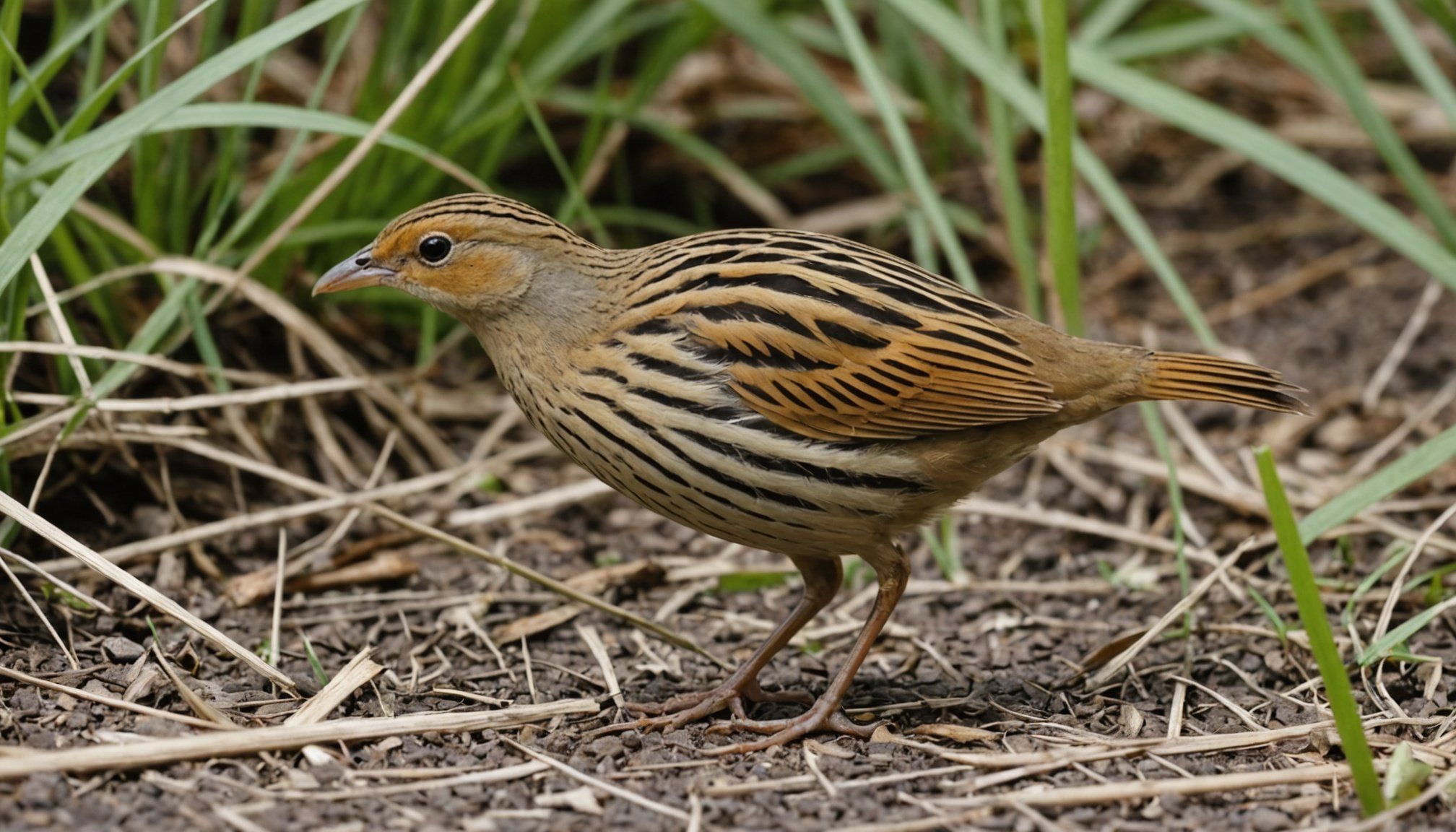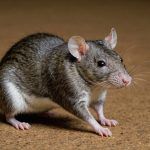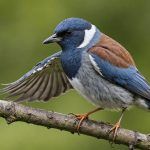Overview of Breeding Initiatives for the Corncrake
Corncrakes, delicate birds once common across meadows, have now become endangered species, igniting urgent conservation efforts. Their plight demands attention, primarily within UK zoo breeding programs, which have taken the helm in revitalising Corncrake populations. These initiatives are not mere perfunctory endeavours; they aim to orchestrate a symphony of life for Corncrakes that resonate beyond the confines of captivity.
The importance of the Corncrake lies in its role within grassland ecosystems, acting as an indicator for environmental health. Recognising this, UK zoos have embarked on collaborative breeding programs that are both comprehensive and meticulously tailored. These projects are designed to bolster the species’ numbers and, over time, reintegrate them into their natural habitats, ensuring both survival and environmental equilibrium.
Have you seen this : Mastering rare bird sightings in the uk: the ultimate guide with essential tips and best practices
Key objectives of these conservation efforts include the creation of a genetically diverse population to prevent inbreeding and maintaining an environment conducive to natural behaviours in captivity. The ultimate goal is to transition a robust community of Corncrakes back into the wild, where they can thrive autonomously.
By breeding Corncrakes within controlled settings, UK zoos are not just fostering immediate ecological restoration but are also weaving a hopeful narrative for endangered species recovery, imbued with promise and resilience.
In parallel : Key tactics for uk anglers: safeguarding fish populations and fostering sustainable fishing practices
Successful Case Studies of Breeding Programs
Understanding how specific breeding programs have achieved their goals can be enlightening and encouraging for similar conservation efforts. By examining success stories, we can understand the factors critical for breeding success and gauge their potential applicability in various contexts.
Case Study: Zoo A’s Breeding Program
Zoo A has become a beacon of breeding success due to its commitment to conservation excellence. They have tailored their strategies to the unique needs of different species, ensuring each has the best chance for survival in captivity and reintroduction into the wild. Success stories from this zoo notoriously result from advanced genetic management and enriched habitat simulations, contributing to the goal of sustainable populations.
Case Study: Zoo B’s Innovative Techniques
At Zoo B, innovation drives their breeding success. By adopting pioneering technologies such as genetic sequencing and environmental enrichment techniques, they’ve improved breeding outcomes for several endangered species. These innovations showcase how science and technology can work together to bolster conservation efforts beyond traditional methods.
Case Study: Zoo C’s Partnerships with Conservation Groups
The collaboration between Zoo C and various conservation groups has proven highly effective. Through joint efforts, breeding success is fostered by shared knowledge and resources. These partnerships extend the impact of their efforts, meaningfully contributing to larger conservation outcomes by spreading best practices and pooling resources for greater impact.
The Role of Zoos in Conservation Efforts
Zoos have become pivotal in the field of wildlife rescue and conservation efforts. Their significant contribution lies in educational initiatives and public engagement. These institutions provide invaluable platforms for educating the public about biodiversity and the importance of preserving endangered species. By hosting interactive exhibits and informative sessions, zoos foster a deeper understanding and compassion for wildlife among visitors.
Additionally, the role of zoos extends to collaborative research efforts with various institutions. Zoos partner with universities, conservation organizations, and governmental bodies to conduct studies and share data. This cooperation enhances understanding of species-specific behaviour and habitat needs, which is crucial for developing effective conservation strategies. Through such alliances, zoos build a robust foundation of knowledge that benefits wildlife rescue endeavours.
Incorporating conservation into zoo operations is another essential aspect of their contribution. Many zoos integrate sustainable practices into their daily functions, such as eco-friendly waste management and energy conservation measures. Moreover, breeding programs for endangered species are implemented to increase population numbers, providing a safety net for struggling species. This ensures that conservation efforts are not only theoretical but actively practiced, stimulating genuine, impactful change in global biodiversity preservation.
Challenges Faced in Breeding the Corncrake
Breeding the corncrake presents several conservation challenges that are crucial to address for the species survival. These challenges are inherently complex and multifaceted, requiring strategic approaches to mitigate their impact effectively.
Habitat Loss and Its Impact
Habitat loss stands as one of the most pronounced breeding difficulties for corncrakes. These birds necessitate specific grassland environments that are increasingly under threat from agricultural expansion and urban development. Such changes lead to diminished breeding grounds, directly impacting the corncrake’s ability to thrive and reproduce.
Genetic Diversity Concerns
A species survival concern is the preservation of genetic diversity within corncrake populations. Limited genetic variability can result in reduced resilience to diseases and environmental changes. Breeding programs are actively working to maintain and enhance genetic diversity through careful management and introduction of individuals from varied gene pools.
Funding and Resource Allocation Challenges
Effective conservation efforts are often hindered by funding and resource allocation challenges. Securing adequate resources is vital to support research, habitat restoration, and breeding initiatives. Conservationists are advocating for sustained and increased financial support to bolster these programs. Key strategies involve engaging stakeholders and highlighting the ecological significance of preserving the corncrake to gain broader backing and secure necessary funding.
Contributions to Species Recovery and Future Outlook
Efforts focusing on species recovery have shown promise, particularly through consistent monitoring and evaluation of population growth. This pivotal step is vital for understanding the current status and facilitates informed decisions for the future of Corncrake conservation.
One significant aspect of these efforts is establishing long-term goals for the Corncrake. These goals aim to create sustainable habitats, allowing natural population growth, essential for the bird’s survival. To achieve this, a thorough conservation strategy, including habitat restoration and protection measures, is pivotal. Additionally, integrating scientific research into practical conservation actions can strengthen these efforts.
Future initiatives require collaboration and partnerships with various stakeholders. These might include governmental agencies, local conservation organisations, and international wildlife groups. By pooling resources and expertise, these entities can develop robust strategies to ensure the Corncrake’s resurgence.
Potential collaborations could involve sharing data and insights, which further enhances the effectiveness of population monitoring tools. It also promotes engagement with local communities, ensuring they play an active role in safeguarding habitats. This not only supports Corncrake recovery but also enriches local biodiversity, offering mutual benefits.
In summary, a cohesive approach incorporating consistent evaluation, clear goals, and strong collaborations is essential for the successful future of Corncrake conservation.











